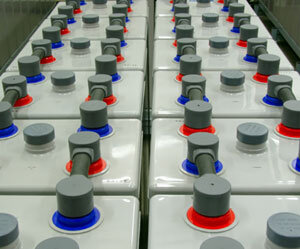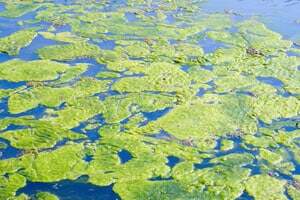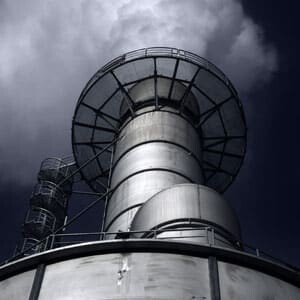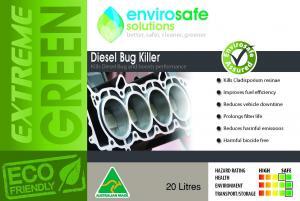The aviation industry has traditionally been viewed as the sky-high enemy of conservation and the push toward reductions in greenhouse emissions. But is this entirely correct? There’s a lot the industry has done and can do to move further towards a cleaner and greener approach to air traffic and flight. Here, Envirosafe Solutions considers some of the latest approaches to flying green.
 According to NASA, “green aviation is about taking responsibility for the impact of aviation on the environment, which includes carbon footprint, other emissions, and noise.”[1] And this view is backed up by President of the Royal Aeronautical Society, Gordon Page, who states he makes “no apology for highlighting the environment as the single most important issue facing the industry today.”[2] The society’s position paper on Aviation Emissions and Climate Change notes the aviation industry generates some “31.9 million jobs, provides direct employment to a global skilled workforce of 5.5 million, is vital to the tourist industry and also creates 17.1 million direct and indirect tourism related jobs. It is also essential to business and trade. In 2008 alone, 2.2 billion passengers flew, and airlines carried more than 41million tonnes of cargo.”[3]
According to NASA, “green aviation is about taking responsibility for the impact of aviation on the environment, which includes carbon footprint, other emissions, and noise.”[1] And this view is backed up by President of the Royal Aeronautical Society, Gordon Page, who states he makes “no apology for highlighting the environment as the single most important issue facing the industry today.”[2] The society’s position paper on Aviation Emissions and Climate Change notes the aviation industry generates some “31.9 million jobs, provides direct employment to a global skilled workforce of 5.5 million, is vital to the tourist industry and also creates 17.1 million direct and indirect tourism related jobs. It is also essential to business and trade. In 2008 alone, 2.2 billion passengers flew, and airlines carried more than 41million tonnes of cargo.”[3]
It also acknowledges that aviation has an adverse affect on the environment in terms of noise, local air quality and greenhouse gas emissions at a level of 2%.
But aviation is here to stay, and the challenge is to find new modes of energy to replace kerosene and to incorporate eco-friendly practices that are kinder to the environment.
The position paper notes there is in fact a significant opportunity for the development of bio-fuels in Australia, and that Australia has the potential to lead the way in this realm.
Envirosafe Solutions also supports the development of greener practices in the aviation industry, and offers a broad selection of suitable, eco-friendly products that are safe for aircraft and for airport use.
Products such as Extreme Green Rust Remover with its revolutionary water based corrosion treatment, and Extreme Green Heavy Duty Alkaline Cleaner/Degreaser which is free from petro solvents and harsh acids, can be used in the aviation realm in areas such as hangars, and even on motors, engine parts and heavy duty machinery.
Similarly, products such as the Extreme Green Toilet Bowl Cleaner and the Extreme Green Liquid Hand Soap are suitable for use in small and large aircraft toilet areas that require between flight cleaning and post-flight scrub downs.
The adoption of such practices and products such as those instigated by Envirosafe Solutions, supports and actively augments the current larger scale fuel considerations underway in the aviation industry. The use of eco-friendly products consolidates airline brand strength, sending a clear and visible message to the general flying public who now expect their airlines to “join the green revolution.” For more information, or to speak with the Envirosafe Sales team, call 1300 889070.
[1] http://nasa.gov/centers/ames/greenspace/nasas-role.html#green



























